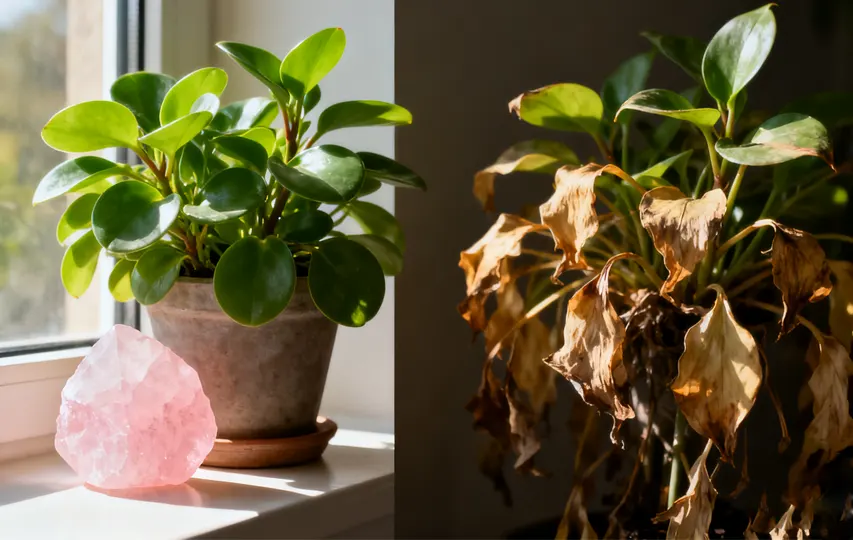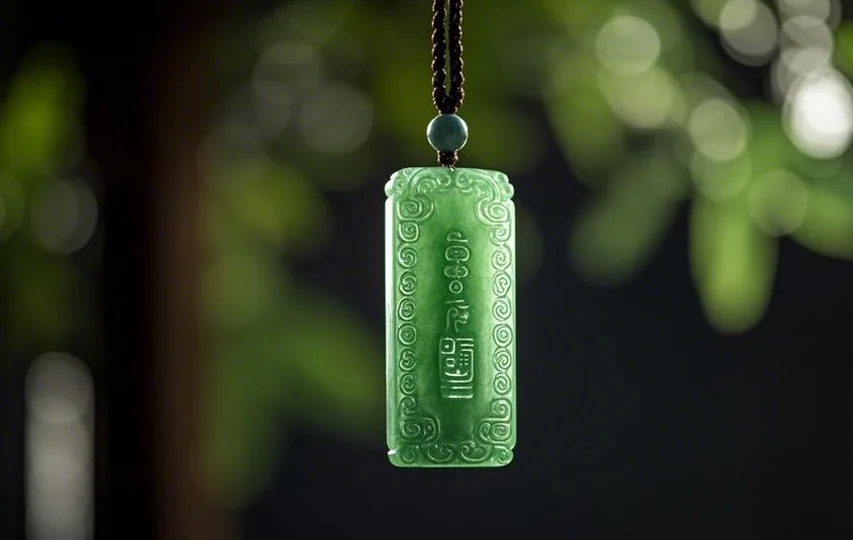
The Cultural Significance of Jade Amulets
Jade amulets have fascinated people for millennia, weaving beauty, spirituality, and tradition together. These small yet powerful objects, often carved from nephrite or jadeite, carry profound meaning across cultures. Whether you’re drawn to their aesthetic charm or curious about their deeper significance, this exploration reveals why jade amulets remain cherished in 2025. Let’s uncover their cultural importance and see how they captivate the world.
What Are Jade Amulets?
First, let’s define a jade amulet. Typically worn as pendants or carried as talismans, these pieces feature jade—a stone prized for its durability and rich hues. Nephrite offers earthy tones like green and white, while jadeite boasts vibrant shades, including the coveted imperial green. Beyond their physical appeal, jade amulets serve as protective charms, symbols of luck, and links to ancient beliefs. When you hold one, you’re grasping a piece of history.
Jade in Chinese Culture
No discussion of jade amulets is complete without China, where jade holds unparalleled status. For over 7,000 years, the Chinese have revered jade as the “Stone of Heaven.” They associate it with virtues like wisdom, courage, and purity—qualities linked to Confucian ideals. Emperors adorned themselves with jade, and families passed down amulets as heirlooms.
- Protection: People believed jade warded off evil spirits, making amulets essential for safety.
- Prosperity: Carvings like the dragon or fish symbolized wealth and abundance.
- Longevity: The cicada, a common amulet shape, represented rebirth and eternal life.
For instance, a jade charm shaped as a dragon might hang around a child’s neck, offering blessings for a prosperous future. This deep-rooted reverence keeps jade central to Chinese identity.
Jade in Mesoamerican Traditions
Meanwhile, across the globe, Mesoamerican cultures like the Maya and Aztec also treasured jade. They valued it more than gold, associating it with life and power. Rulers wore jade amulets to connect with deities, and warriors used them for strength in battle.
- Fertility: Jade linked to water and growth, symbolizing renewal.
- Status: Elaborate jade carvings marked high rank and divine favor.
- Afterlife: The dead were buried with jade to guide their souls.
A Maya noble might wear a jade amulet etched with a jaguar, embodying courage and spiritual protection. This shared reverence highlights jade’s universal appeal.
Jade in Maori Culture
In New Zealand, the Maori people craft jade amulets from local nephrite, called “pounamu.” These pieces, often shaped as hei-tiki (human figures) or manaia (guardian spirits), carry ancestral energy.
- Connection: Pounamu links wearers to their lineage and land.
- Protection: Maori gift amulets to shield loved ones from harm.
- Identity: Each piece tells a personal or tribal story.
A hei-tiki jade charm passed down through generations embodies the wearer’s heritage, merging tradition with pride.
Modern Cultural Relevance
Today, jade amulets retain their significance while adapting to contemporary life. People still wear them for luck, protection, and style. Jewelers blend traditional carvings with modern designs, ensuring jade stays relevant.
- Fashion: A sleek jade pendant adds elegance to any outfit.
- Spirituality: Many seek jade’s calming energy in a fast-paced world.
- Gifting: Amulets make meaningful presents for milestones like births or weddings.
For example, a minimalist dragon amulet appeals to someone balancing tradition with a modern aesthetic. This evolution keeps jade vibrant and accessible.
Why Jade Amulets Matter
So, why do jade amulets endure? Their cultural weight comes from:
- Symbolism: They carry universal themes—protection, prosperity, connection.
- Craftsmanship: Skilled artisans transform raw jade into intricate art.
- Versatility: Jade fits both spiritual and decorative roles.
When you wear a jade amulet, you tap into these layers, making it more than jewelry—it’s a statement of belief and beauty.
Choosing Your Jade Amulet
Want to own one? Here’s how to pick the perfect jade charm:
- Authenticity: Buy from trusted sources with certificates for real nephrite or jadeite.
- Design: Match the carving to your intent—dragons for power, flowers for peace.
- Color: Green is classic, but white or lavender offers a fresh twist.
A jade pendant with a fish carving might suit someone seeking abundance, reflecting jade’s cultural roots.
Caring for Your Jade Amulet
To preserve its significance:
- Clean Gently: Use a soft cloth and mild soap—avoid harsh chemicals.
- Store Safely: Keep it in a pouch to prevent scratches.
- Wear It: Jade thrives with your touch, enhancing its energy.
Proper care ensures your amulet lasts, carrying its meaning forward.
Conclusion
The cultural significance of jade amulets spans continents and centuries, uniting fashion, spirituality, and heritage. From China’s imperial courts to Maori traditions, these jade charms embody protection, prosperity, and identity. Whether you wear one for its beauty or its story, a jade amulet connects you to a global legacy. So, explore their power, choose your piece, and let jade enrich your life in 2025!
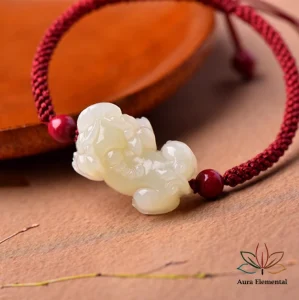
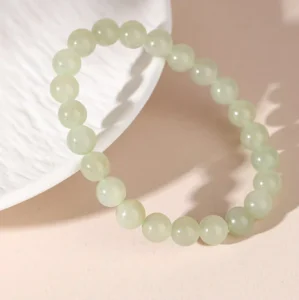
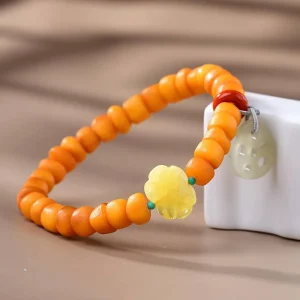
Get to Know Your Five Elements for Free
Get to Know More about Feng Shui




